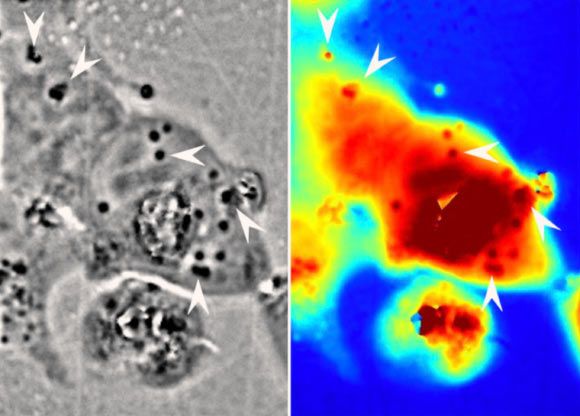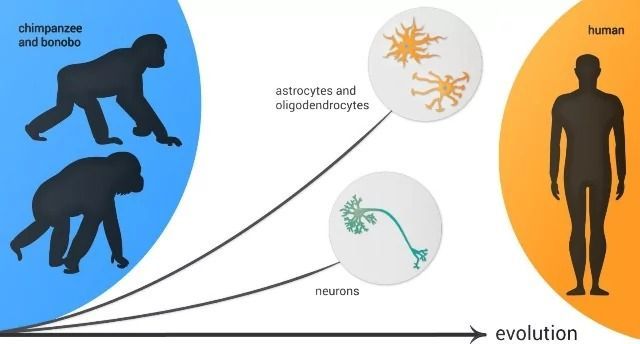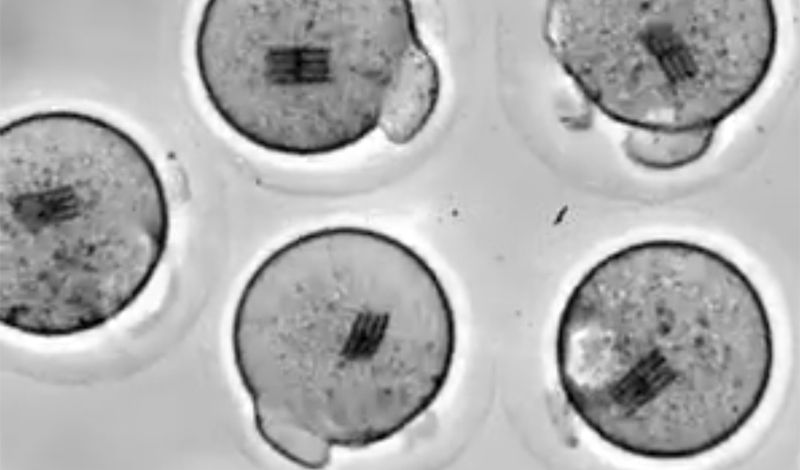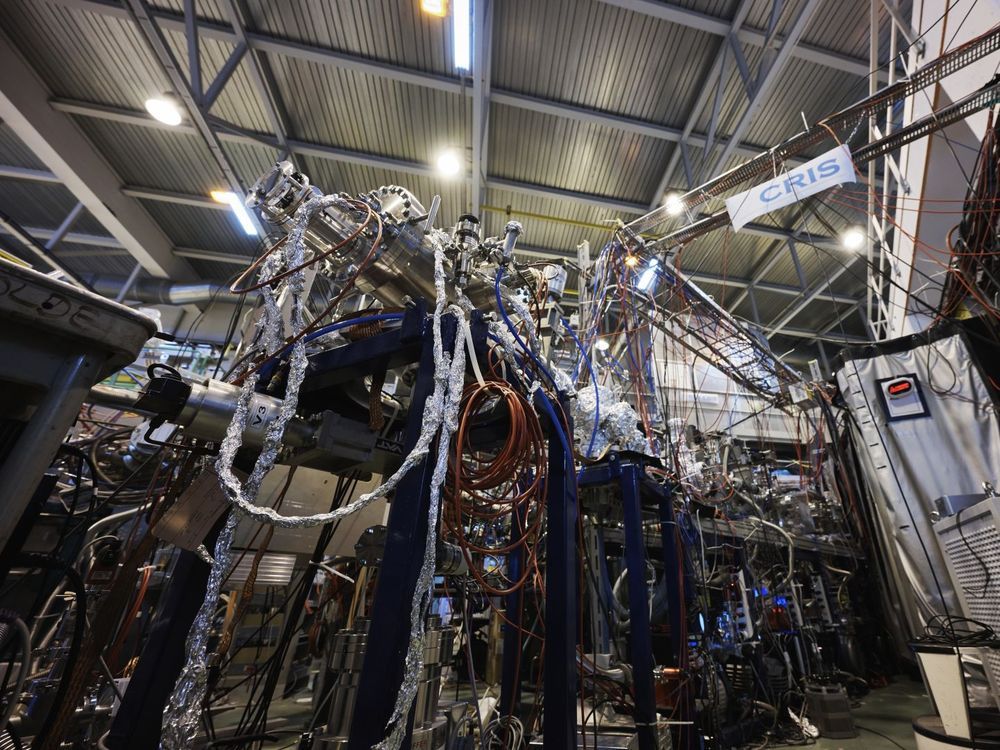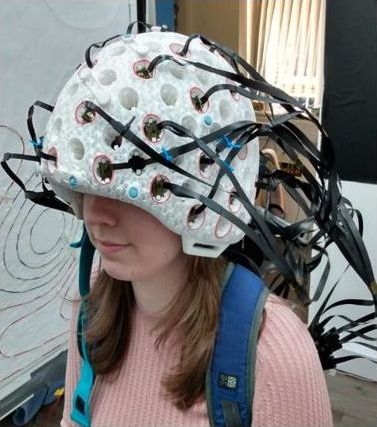Like all countries, China is facing severe economic losses from the pandemic, and that will certainly have a negative impact on scientific research, because funding will be reduced and projects will be delayed, says physicist Wang Yifang, director of the Institute of High Energy Physics in Beijing. Some universities have already announced a cut in funding. The research budget given by the education ministry to Jiangnan University in Wuxi, for example, will drop by more than 25% for 2020, and other universities are facing similar reductions. “An overall budget cutting of government spending on higher education is highly possible, though the level and scope may vary by regions, universities and fields,” says Tang Li, a science-policy scientist at Fudan University in Shanghai.
The country is rapidly gaining on the United States in research, but problems could slow its rise: part 5 in a series on science after the pandemic.
